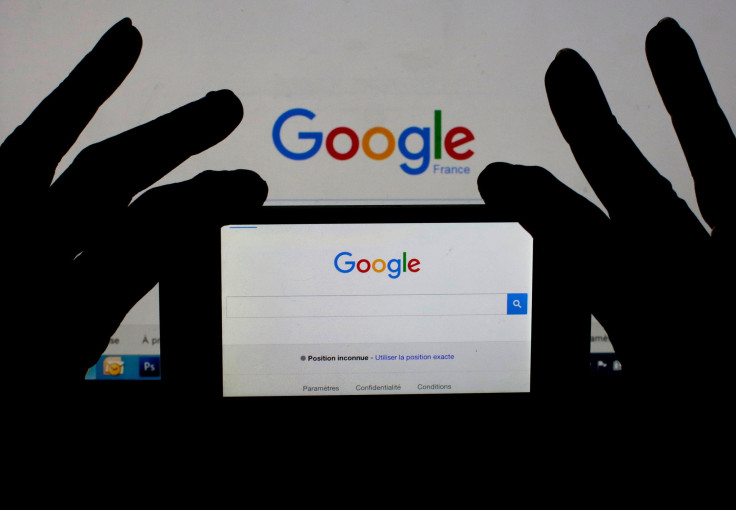Google Project Fi: Tech companies in more efficient connectivity

Smartphone users based in the US will find connectivity stronger and more available as software giant Google finally provides open access to its inexpensive Project Fi mobile service. The new addition to the Google product line previously was only made available through an invite-only basis during the first ten months of its testing. Now, as in any other service, users can just apply and sign up.
There are several things that make the Project Fi mobile service attractive to the smartphone user, and which, industry observers believe, are calculated strategies to draw in Apple’s iPhone users to Google’s Android cell devices. First, according to Business Insider, Project Fi gives its users the choice to find and link with the smartest cellphone signal available in their area. It is connected to telecom providers T-Mobile, Sprint and a host of WiFi providers.
Users can easily switch from one provider to another, checking the one with the strongest signal and locking on it. Google ’s blog states that Project Fi’s access reaches up to more than a million free, fast, and reliable WiFi hotspots. Then, Google itself, through its own encryption equipment, protects the users’ data once they are being transmitted.
Google also explains that Project Fi is affordable when compared to major mobile. For only US$20 (AU$27) a month, users enjoy a range of “unlimited” telecom service, ranging from unlimited domestic voice calls, unlimited domestic text messaging and unlimited international SMS. Furthermore, Project Fi is pay-only-what-for-what-you-use payment scheme for its data services. Even if users paid US$30 (AU$40) for an allocation of 3GB of data, they can get a refund of US$16 (AU$21.4) if they only used 1.4GB that particular month.
TIME’s tech columnist, Lisa Eadicicco, compares her Project Fi experience with that of her previous providers: “… my 3GB plan ended up costing US$50 (AU$67) per month, which is either cheaper or comparable to similar packages from other carriers, like Verizon and AT&T.” The sign-up process was also budget-friendly, as well as user-friendly. Says Eadicicco, “Google simply asked for my budget and found a plan to match.”
Users who have tried Project Fi in other countries where it has been established reported experiencing the same affordable rates. Google Support ’s list of regions using the service includes countries like Australia, Afghanistan, Canada, Cambodia, Denmark, Ecuador, France, Hong Kong, Malaysia, New Zealand, Philippines and the United Kingdom, among others. The rates for the other countries depend on the service. For Australia, voice calls over WiFi depend on the country the users are calling. Non-wifi voice calls are US$0.20 (AU$0.27) per minute, while data (3G at 256kbps) is at US$10 (AU$13) per GB.
For all of its attractions, there are a few hurdles to signing on to Google Fi. One is its limited availability to selected Android phones such as Nexus 5X, Nexus 6P and Nexus 6. Other devices, like iPhones, do not carry the service. One incentive that Google is laying out as a red carpet to Apple die-hards is reducing the price of a Project-Fi-connected Google Nexus 5X by US$100 (AU$134).
Another is the inconsistency of the cell signal, as experienced by the TIME tech writer. Project Fi may open up a smartphone to thousands of WiFi hotspots and let users pick the strongest one. However, even the strength of that choice can still depend on the quality of the cell structure or the WiFi in that area. One way to augment the Project Fi’s flexibility is to bring as a companion piece the network extender. From 5BARz International, it is a portable plug-and-play device which strengthens dying or weak cell signals and power them up to a fully-loaded five bars.
Still, strong connectivity at a low cost is a hard combination to pass up. Based on early buzz, the Internet surfers are diving into it to ride its rising crest. Time alone will tell if Google’s latest wave into the telecommunications industry will have the same huge splash as its Android devices.






